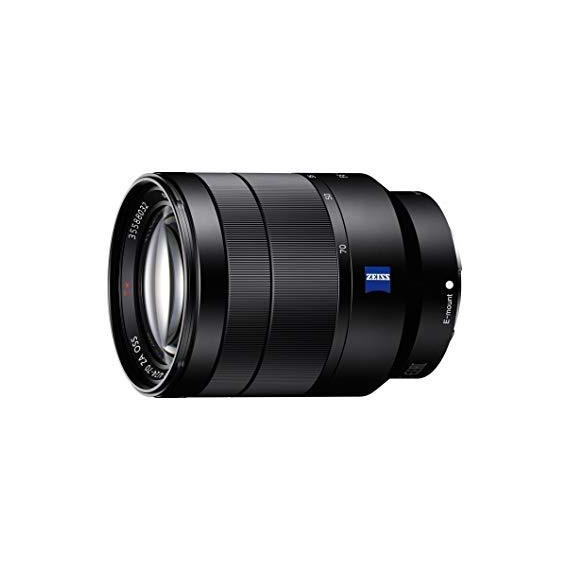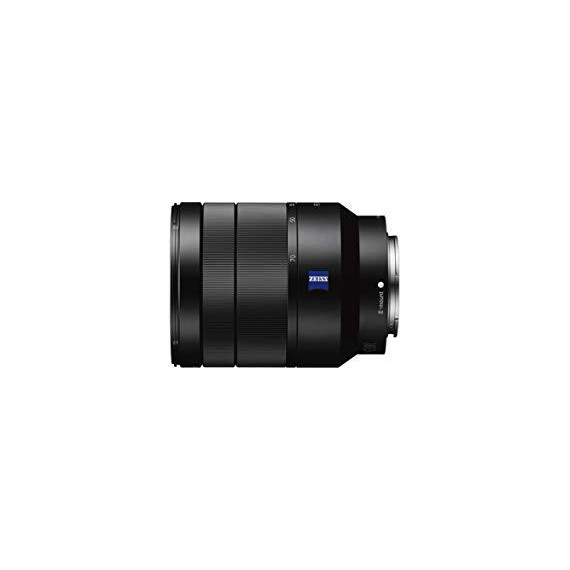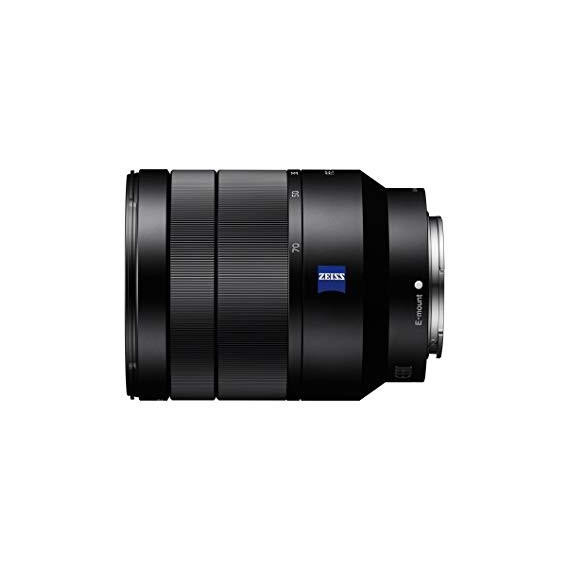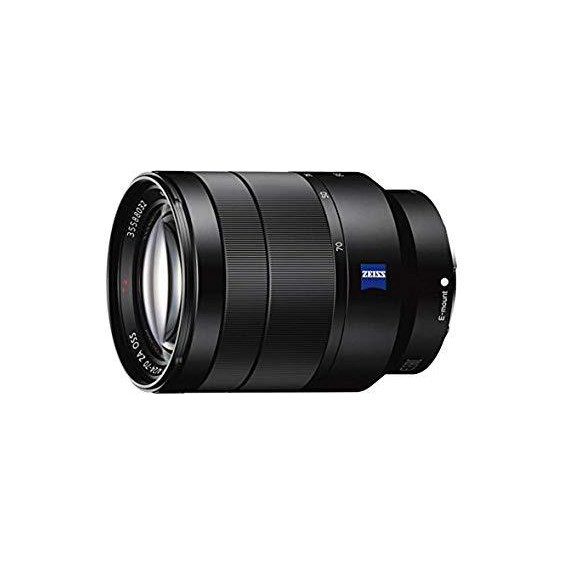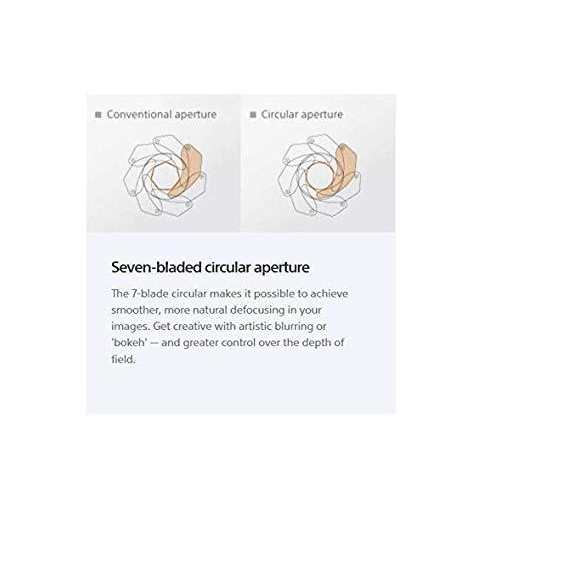Charles
A lot of people want to criticize this lens as either a) no better than the kit lens (Sony 28-70 FE) that costs half as much or b) not up to the standard of the Zeiss prime lenses for full frame Sony E-mount (the 55/1.8 and 35/2.8). Comparison to the Sony 28-70 kit lens: 1) In objective, reproducible testing under controlled conditions by DXOmark, the Zeiss 24-70 f/4 is better than the Sony 28-70. The lab tests show that the score of the 28-70 would be even worse if it didnt have very good sharpness in the center at a couple of focal lengths and apertures. Theres nothing wrong with the 28-70, but its not performing miracles for its price. It is certainly better than some of the cheap kit lenses that Canon and Nikon bundle with their digital SLRs, but those lenses are typically 50% less expensive than the Sony 28-70. 2) The superior optical performance measured does not account for the better color rendition of the Zeiss T* lens coatings on the 24-70. Lens tests are done at one frequency of light, so the color contrast is not measured. Zeiss T* coatings are well known for retaining the subtle differences between hues, lending vitality and a 3D realism to images. The 24-70 has this Zeiss lens character as is evident in the numerous examples online of photos taken with it. 3) The Zeiss has a much more usable 24mm wide angle. The difference between a 28mm and 24mm wide angle is significant. Working indoors, a 24mm really opens the field of view to encompass a room and capture the space. 28mm is much more constrained than the 4mm difference might suggest. Canon and Nikon have adopted 24mm as the standard wide angle on their professional zooms because it makes a significant difference in practice. The 28-70 simply cant compete. 4) The f/4 maximum aperture also makes the 24-70 significantly more useful as an all around lens that can live on the camera. At the 70mm end it can produce much shallower depth of field to serve as a portrait lens in a pinch, and when working indoors the 24-70 lets in more light to keep the ISO from introducing too much noise. If you are shooting indoors at f/5.6 on the Sony kit lens, you cant choose a shutter speed high enough to freeze action in a subject that isnt sitting still as a rock. The extra amount of light on the Zeiss means you can double the shutter speed, significantly improving you ability to catch a clear photograph. Image stabilization is irrelevant if your subject is moving. 5) The Zeiss is suitable for shooting video while the Sony kit lens is not. A fixed aperture throughout the zoom range means you can change focal length while shooting video without getting any shifts in exposure or depth of field. This is a significant advantage for the Zeiss. 6) The Zeiss is better constructed. Its not that much bigger physically, but the quality of materials means that it has more heft. Its not heavy (less than a pound), but the extra heft means it has more inertia in your hand--its inherently more stable when shooting handheld. Its also more durable with fewer plastic parts. 7) The Zeiss is weather sealed. The Sony kit lens is not. 8) The Zeiss actually tests a bit better overall than the Nikon professional level 24-70 and the Canon 24-70. Both of those lenses are twice the size of the Zeiss due to the larger f/2.8 aperture, and they also cost quite a bit more. The Zeiss is an excellent lens in the wide to normal zoom category, even when considering other camera systems. Comparison to the Zeiss prime lenses for the Sony full-frame E-mount: 1) The 24-70 is not as good as the 55/1.8 or the 35/2.8 at focal lengths and apertures where they overlap. This is expected and is true for lenses from every manufacturer: you cant make a zoom that competes with a prime lens (unless you do such a poor job on the prime lens that the zoom happens to be as good). 2) The Zeiss 55/1.8 is one of the best lenses currently in production. It set such a high bar that people are unusually critical of the 24-70 even though it is completely unreasonable. Looked at soberly, the 24-70 is one of the best normal zooms around. The tradeoff in maximum aperture to keep a small portable size is an excellent one. 3) You can keep the 24-70 and one of the two primes together in a small bag and produce images that are as good as (or better) than those from a DSLR setup with twice the bulk and weight. Although I would be happy for Zeiss to work a miracle in this zoom lens for the Sony E-mount, I cant be disappointed if they match the excellent performance of Nikon and Canon lenses that weigh twice as much and cost significantly more.




